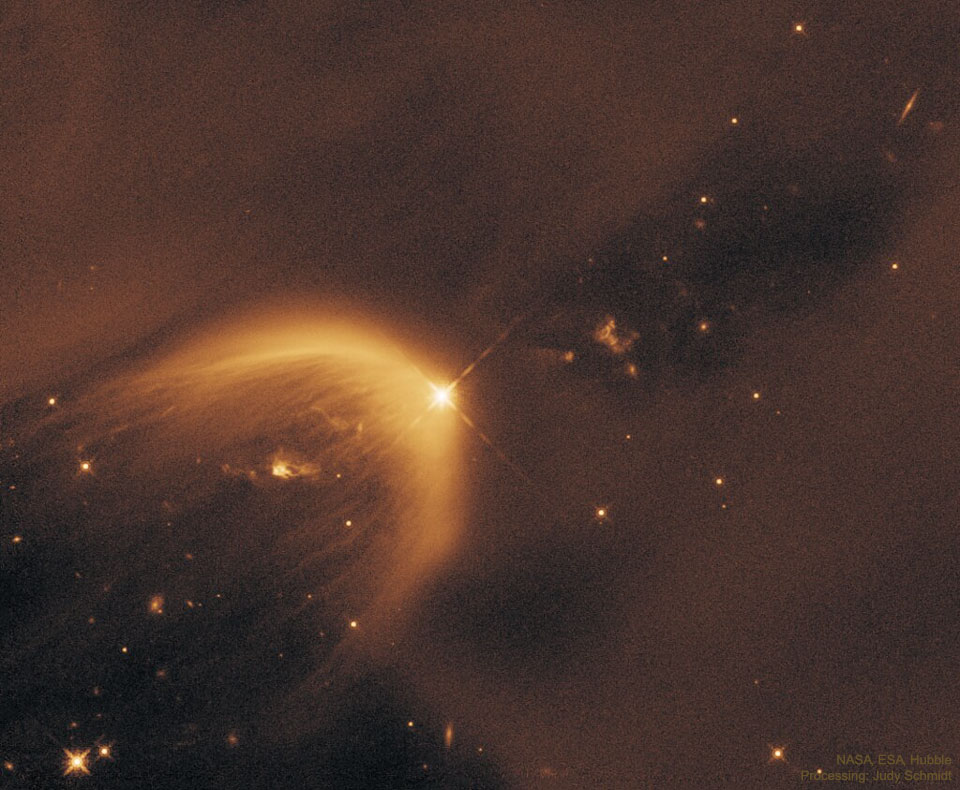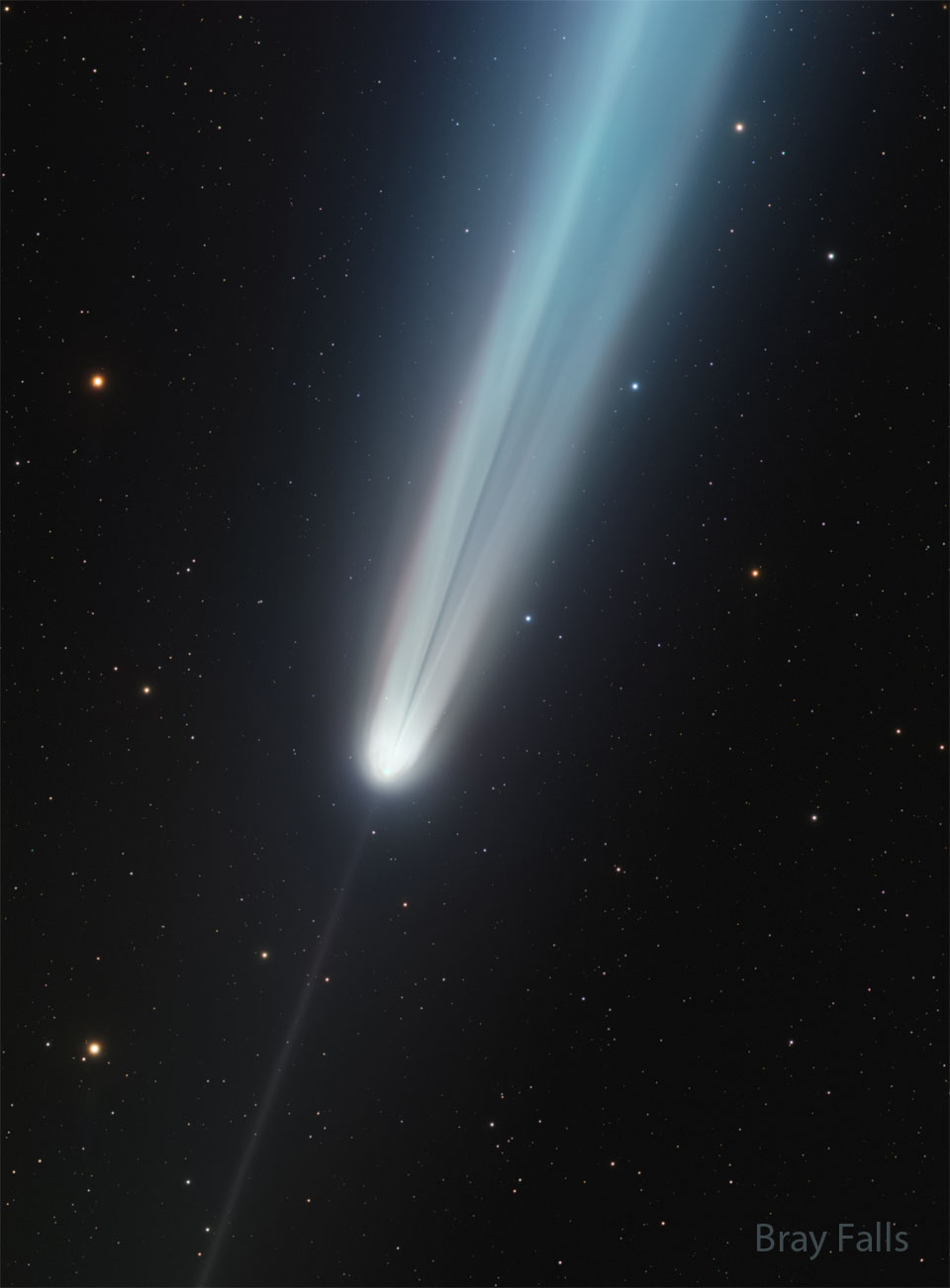Blog
Donald Eugene Cherry (November 18, 1936 – October 19, 1995 Oklahoma City, OK) was an American jazz trumpeter, bandleader, and multi-instrumentalist. Beginning in the late 1950s, he had a long tenure performing in the bands of saxophonist Ornette Coleman, including on the pioneering free jazz albums The Shape of Jazz to Come (1959) and Free Jazz: A Collective Improvisation (1961). Cherry also collaborated separately with musicians including John Coltrane, Charlie Haden, Sun Ra, Ed Blackwell, the New York Contemporary Five, and Albert Ayler.
Cherry released his debut album as bandleader, Complete Communion, in 1966. In the 1970s, he became a pioneer in world music, with his work drawing on African, Middle Eastern, and Hindustani music. He was a member of the ECM group Codona, along with percussionist Naná Vasconcelos and sitar and tabla player Collin Walcott. Chris Kelsey of AllMusic called Cherry “one of the most influential jazz musicians of the late 20th century. Cherry died of liver cancer in Málaga, Spain, on October 19, 1995, at the age of 58.
more...Máximo Francisco Repilado Muñoz Telles (18 November 1907 – 13 July 2003), known professionally as “Compay Segundo“, was a Cuban trova guitarist, singer and composer.
Compay (meaning compadre) Segundo, so called because he was always second voice in his musical partnerships, was born in Siboney, Cuba, and moved to Santiago de Cuba at the age of nine. His first engagement was in the Municipal Band of Santiago de Cuba, directed by his teacher, Enrique Bueno. In 1934, after a spell in a quintet, he moved to Havana, where he also played the clarinet in CI the Municipal Band. He also learned to play the guitar and the tres, which became his usual instruments. Compay Segundo also invented the armónico, a seven-stringed guitar-like instrument, to fill the harmonic jump between the Spanish guitar and the tres. In the 1950s he became well known as the second voice and tres player in Los Compadres, a duo he formed with Lorenzo Hierrezuelo in 1947.
more...Jack Owens (November 17, 1904 – February 9, 1997) was an American blues singerand guitarist, from Bentonia, Mississippi.
more...Harold Eugene Clark (November 17, 1944 – May 24, 1991) was an American singer-songwriter and founding member of the folk rock band the Byrds. He was the Byrds’ principal songwriter between 1964 and early 1966, writing most of the band’s best-known originals from this period, including “I’ll Feel a Whole Lot Better“, “She Don’t Care About Time“, “Eight Miles High” and “Set You Free This Time“. Although he did not achieve commercial success as a solo artist, Clark was in the vanguard of popular music during much of his career, prefiguring developments in such disparate subgenres as psychedelic rock, baroque pop, newgrass, country rock, and alternative country. He was inducted into the Rock and Roll Hall of Fame in 1991 as a member of the Byrds.
more...This illuminated cavity, known as LDN 1471, was created by a newly forming star, seen as the bright source at the peak of the parabola. This protostar is experiencing a stellar outflow which is then interacting with the surrounding material in the Perseus Molecular Cloud, causing it to brighten. We see only one side of the cavity — the other side is hidden by dark dust. The parabolic shape is caused by the widening of the stellar-wind blown cavity over time. Two additional structures can also be seen either side of the protostar; these are known as Herbig-Haro objects, again caused by the interaction of the outflow with the surrounding material. What causes the striations on the cavity walls, though, remains unknown. The featured image was taken by NASA and ESA’s Hubble Space Telescope after an original detection by the Spitzer Space Telescope.

more...
Gordon Meredith Lightfoot Jr. CC OOnt (November 17, 1938 – May 1, 2023 Orillia, Ontario, Canada) was a Canadian singer-songwriter and guitarist who achieved international success in folk, folk-rock, and country music. Credited with helping to define the folk-pop sound of the 1960s and 1970s, he has been referred to as Canada’s greatest songwriter, having several gold and multi-platinum albums and songs covered by some of the world’s most renowned musical artists. Lightfoot’s biographer Nicholas Jennings said, “His name is synonymous with timeless songs about trains and shipwrecks, rivers and highways, lovers and loneliness.”
Lightfoot’s songs, including “For Lovin’ Me”, “Early Morning Rain“, “Steel Rail Blues”, “Ribbon of Darkness“—a number one hit on the U.S. country chart with Marty Robbins‘s cover in 1965—and “Black Day in July”, about the 1967 Detroit riot, brought him wide recognition in the 1960s. Canadian chart success with his own recordings began in 1962 with the No. 3 hit “(Remember Me) I’m the One”, followed by recognition and charting abroad in the 1970s. He topped the US Hot 100 or Adult Contemporary (AC) chart with the hits “If You Could Read My Mind” (1970), “Sundown” (1974); “Carefree Highway” (1974), “Rainy Day People” (1975), and “The Wreck of the Edmund Fitzgerald” (1976), and had many other hits that appeared in the top 40.
Robbie Robertson of the Band described Lightfoot as “a national treasure”. Bob Dylan, who would sometimes perform Lightfoot’s songs, said “I can’t think of any Gordon Lightfoot song I don’t like. Every time I hear a song of his, it’s like I wish it would last forever.” Lightfoot was a featured musical performer at the opening ceremonies of the 1988 Winter Olympic Games in Calgary, Alberta and received numerous honours and awards.
more...Imrat Khan (17 November 1935 – 22 November 2018) was an Indian sitar and surbahar player and composer. He was the younger brother of sitar maestro Ustad Vilayat Khan. Imrat Khan was born in Calcutta on 17 November 1935 into a family of musicians tracing its roots back for several generations, to the court musicians of the Mughalrulers. The training in music traditionally has been passed down from father to son for nearly 400 years. He belonged to Etawah gharana also known as Imdadkhani gharana of classical musicians. Imrat Khan’s father was Enayat Khan (1895–1938), recognised as a leading sitar and surbahar player of his time, as had been his grandfather, Imdad Khan (1848–1920), before him. Imrat Khan’s father died when Imrat was a child, so he was raised by his mother, Bashiran Begum and her father, singer Bande Hassan Khan. In 1944, the family moved with Vilayat Khan, Imrat’s older brother, to Bombay where both the brothers learned sitar-playing extensively from their uncle Wahid Khan. In 1952, Vilayat and Imrat moved in together in Calcutta. They performed together for many years. The two brothers were part of the first cultural delegation to the Soviet Union and Eastern Europe in 1956.
more...David Werner Amram III (born November 17, 1930) is an American composer, arranger, and conductor of orchestral, chamber, and choral works, many with jazz flavorings. He plays piano, French horn, Spanish guitar, and pennywhistle, and sings.
Amram was born in Philadelphia, the son of legal scholar Philip Werner Amram. He studied at the Oberlin Conservatory of Music in 1948–1949, and earned a bachelor’s degree in European history from George Washington University in 1952. In 1955 he enrolled at the Manhattan School of Music, where he studied under Dimitri Mitropoulos, Vittorio Giannini, and Gunther Schuller. Under Schuller he studied French horn. As a sideman or leader, Amram has worked with Aaron Copland, Thelonious Monk, Dizzy Gillespie, Charles Mingus, Jack Kerouac, Sonny Rollins, Lionel Hampton, Stan Getz, George Barrow, Jerry Dodgion, Paquito D’Rivera, Pepper Adams, Arturo Sandoval, Oscar Pettiford, Allen Ginsberg, Mary Lou Williams, Kenny Dorham, Ray Barretto, Wynton Marsalis, and others. He has also worked with a wide range of folk, pop, and country figures, such as Bob Dylan, the Roche sisters, Pete Seeger, Odetta, Willie Nelson, Oscar Brand, Judy Collins, Peter Yarrow, Tom Paxton, Phil Ochs, Josh White, Patti Smith, Arlo Guthrie, and others.
more...- b. 17 November 1911, Gumwood, Arkansas, USA, d. 17 January 1985, Sikeston, Missouri, USA. De Berry was an active if peripheral member of the Memphis blues community from its heyday during the 20s until the early 50s. He grew up in Arkansas and Mississippi before moving to Memphis to live with his aunt in 1927. Teaching himself to play ukulele and then banjo and guitar, he associated with the likes of Will Shade, Charlie Burse, Jack Kelly, Frank Stokes and a very young Walter Horton. While in East St. Louis in 1934, he lost the lower part of his right leg in a train accident. Five years later, he recorded for Vocalion Records with his Memphis Playboys in a style that updated the hokum music from the earlier part of the decade. Over the next 15 years De Berry spent time in St. Louis and Jackson, Tennessee, returning to Memphis to make radio appearances with Willie Nix and Walter Horton. In 1953 he recorded two sessions for Sun Records; at the first session, he and Horton recorded the classic ‘Easy’, an instrumental adaptation of Ivory Joe Hunter’s ‘I Almost Lost My Mind’. The blues ballad ‘Time Has Made A Change’, with accompaniment from pianist Mose Vinson, came from the second session. In 1972 producer Steve LaVere reunited De Berry and Horton for sessions designed to recreate their earlier partnership, an endeavor that met with little success.
Edmund Leonard Thigpen (December 28, 1930 – January 13, 2010) was an American jazz drummer, best known for his work with the Oscar Peterson trio from 1959 to 1965. Thigpen also performed with the Billy Taylor trio from 1956 to 1959.
Born in Chicago, Thigpen was raised in Los Angeles, and attended Thomas Jefferson High School, where Art Farmer, Dexter Gordon, and Chico Hamilton also attended. After majoring in sociology at Los Angeles City College, Thigpen returned to East St. Louis for one year to pursue music while living with his father who had been playing with Andy Kirk‘s Clouds of Joy. His father, Ben Thigpen, was a drummer who played with Andy Kirk for sixteen years during the 1930s and 1940s.
Thigpen first worked professionally in New York City with the Cootie Williams orchestra from 1951 to 1952 at the Savoy Ballroom. During this time he played with musicians such as Dinah Washington, Gil Mellé, Oscar Pettiford, Eddie Vinson, Paul Quinichette, Ernie Wilkins, Charlie Rouse, Lennie Tristano, Jutta Hipp, Johnny Hodges, Dorothy Ashby, Bud Powell, and Billy Taylor.
In 1959, he replaced guitarist Herb Ellis in the Oscar Peterson Trio in Toronto, Ontario, Canada. In 1961, he recorded in Los Angeles, featuring on the Teddy Edwards–Howard McGhee Quintet album entitled Together Again!!!! for the Contemporary label with Phineas Newborn Jr. and Ray Brown. After leaving Peterson, Thigpen recorded the album Out of the Storm as a leader for Verve in 1966. He then went on to tour with Ella Fitzgerald from 1967 to 1972.
more...Some images of the bright comet during mid-October not only caught its impressively long tail and its thin anti-tail, but a rather unexpected feature: a dark streak in the long tail. The reason for the dark streak is currently unclear and a topic of some debate. Possible reasons include a plume of dark dust, different parts of the bright tail being unusually superposed, and a shadow of a dense part of the coma on smaller dust particles. The streak is visible in the featured image taken on October 14 from Texas, USA. To help future analyses, if you have taken a good image of the comet that clearly shows this dark streak, please send it in to APOD. Comet Tsuchinshan–ATLAS has now faded considerably and is returning to the outer Solar System.

Sammy Figueroa (born November 16, 1948) is an American percussionist. At 18, he joined the band of bassist Bobby Valentín and also co-led the Brazilian/Latin fusion group Raíces. He is known as an extremely prolific session player, having played on nearly 400 albums, including ten platinum records.
more...Mabon Lewis “Teenie” Hodges (November 16, 1945 – June 22, 2014 Germantown, TN) was an American musician known for his work as a rhythm and lead guitarist and songwriter on many of Al Green‘s soul hits, and those of other artists such as Ann Peebles and Syl Johnson, on Hi Records in the 1970s. His credits as a songwriter include “Take Me to the River“, “Love and Happiness“, “L-O-V-E (Love)“, and “Here I Am (Come and Take Me)“. wo of his compositions “Take Me to the River” and “Love and Happiness,” both co-written with Green, have been covered by numerous other international artists, including Al Jarreau, Amazing Rhythm Aces, Talking Heads, O. V. Wright, David Sanborn, Toots & the Maytals, Canned Heat, Foghat, Levon Helm, Syl Johnson, Annie Lennox, Delbert McClinton, Mitch Ryder, Tom Jones, Graham Central Station, Living Colour, blues artist Willie Cobbs, Denise LaSalle, and others. He also co-wrote several other popular hits with songwriters like Isaac Hayes, Willie Mitchell, and Al Green, including “I Take What I Want,” “Oh Me, Oh My,” “Here I Am (Come and Take Me)“, “L-O-V-E (Love)” and “Full of Fire“.
more...More Posts
- Cindy Blackman
- Don Cherry
- Compay Segundo
- Ignacy Jan Paderewski
- World Music with Zakir Hussain
- Daily Roots with Soul Power & Sound
- Black Friday Madness
- The Cozmos with NGC 3314
- Imarat Khan
- David Amram
- Jack Ownes
- International Flamenco Day 2021
- Daily Roots with Tetrack
- The Cozmos with the Germinids
- Diana Krall
- Hubert Sumlin
- Paul Hindemith
- Eddie Condon
- W. C. Handy
- World Fusion with Ballaké Sissoko and Vincent Ségal


